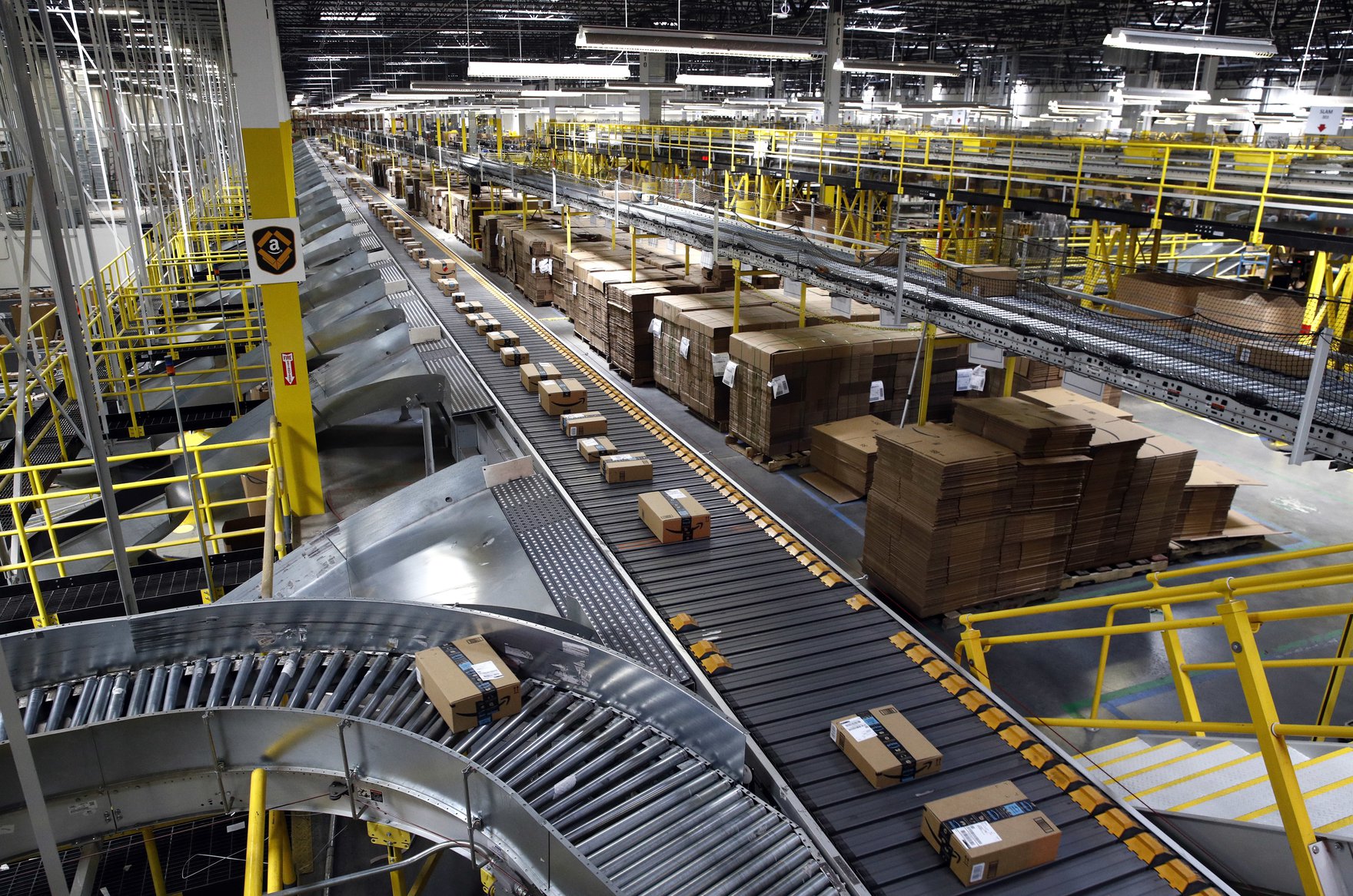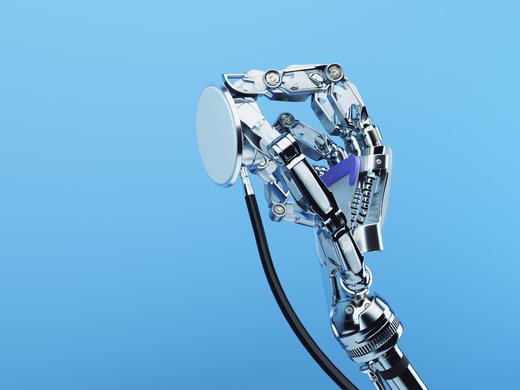With the rapid digitization of numerous industries and many facets of our everyday lives, artificial intelligence and robotics are poised to transform the economy in a way similar to the industrial revolution. While these technologies will boost productivity, we should be concerned about their potential effect on the labour market. These effects have the potential to radically change the way of life for billions of people and should be top of mind for politicians and lawmakers the world over.
While precise impacts on the work force and when to expect them are uncertain, the nature of the change they will bring is all but guaranteed. Increased automation will increase inequality gaps; and the nature of what constitutes a career and work as we know it will be permanently transformed.
A McKinsey Global Institute report suggests that 18 per cent of all hours worked in the United States are devoted to “predictable physical activities,” and 51 per cent of these hours of human work could be automated away even with current technology. By contrast, “management” activities account for only 7 per cent of all hours worked, and less than one 10th of this 7 per cent is currently vulnerable to automation. Projecting these trends into the future, a KPMG report estimates that between now and 2025, up to two-thirds of the US$9-trillion white collar labour market may be affected.
Politicians and lawmakers must work in tandem with private sector leaders to establish policies to protect Canadians from economic and social vulnerabilities looming on the horizon. Four areas emerge as key to supporting the work environment and prosperity in coming decades.
First, as employment becomes scarcer and career changes more frequent, we need to rethink the social safety net, effectively shifting resourcing systems from “work” centred to “people” centred.
The most ambitious proposal to do this is through a universal basic income. Although this proposal has seen pushback – often centred on removing incentives to work and the impact of large amounts of leisure time for humans – there are more modest changes that lawmakers could consider. These include removing limits on contributions to tax-free savings accounts, making pension plans more portable and/or supplementing them with public pension schemes that are inherently portable across all manner of employment.
Second, as the nature of work changes, so will the skills and expertise we look for in the work force. As a result, the current emphasis on “upfront“ learning should be replaced by policies that remove barriers to reskilling with policies that incentivize lifelong learning and encourage public and private sector collaboration.
Multiyear college degrees might be a thing of the past, replaced by several episodes of shorter training throughout a working lifetime. We must build public/private partnerships that fund microtraining and remove barriers such as childcare, transportation and the need to work, in exchange for job commitments and the investment in a work force skilled for the future. “Student loan“ programs and tax deductions for fees and learning expenses will have to be extended to all segments of the labour force, no matter the age or recent income of the applicant.
Third, both the private and public sectors need to reconsider what a “normal” work force looks like and embrace flexible work structures. Technology can be used to provide flexible workers with access to adequate training, wages and benefits, even for short periods. Such an approach would increase the effectiveness and engagement of temporary workers and enable them to better integrate into traditional work structures, while allowing flexibility to upskill or reskill. It would also lessen barriers for individuals who have not been able to participate in more traditional work structures, such as retirees or students.
Finally, since the nature of work itself is changing, firms and governments must determine what constitutes a contractor or an employee in the new “gig” economy. Today, the contractor designation gives companies more flexibility in what work is done when, but organizations are limited in the training and benefits that they can provide, and contractors do not have access to the same job benefits as employees.
Conversely, governments also need to consider how well-meaning policies and regulations, such as “fair scheduling” that can actually incentivize the use of contract workers over traditional employees, push even more people outside the scope of the current social safety net.
The extent and speed of the transformation remains uncertain, but the risks are extremely clear. We need to capture the benefits of innovation, while evaluating the larger impact of how the automation of work will affect people. Despite the political posturing at the Group of Seven, this issue must be a priority for politicians and lawmakers across the Western world. To ignore the warning signs is to gamble with the most valuable commodity to any politician: voters.
This article originally appeared in The Globe and Mail.



